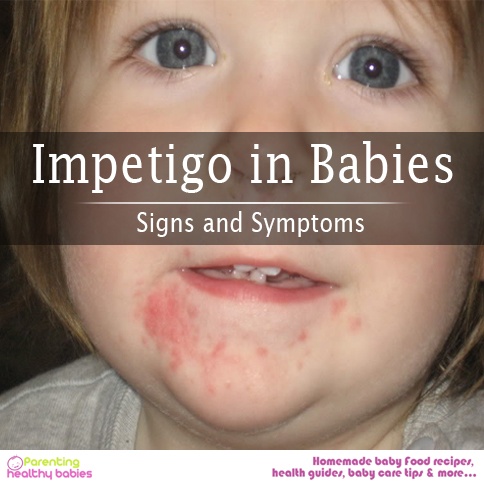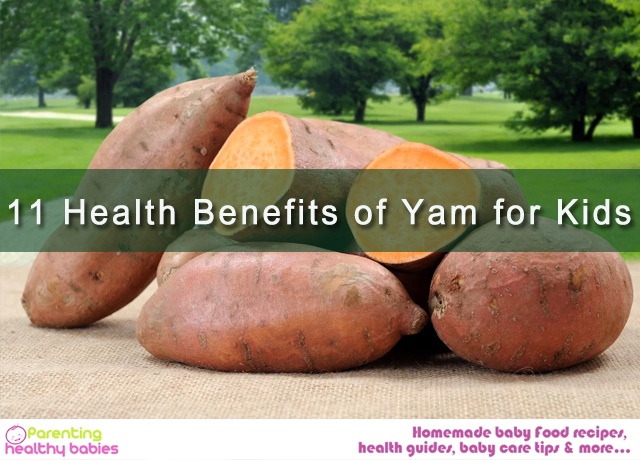Impetigo can be a worrisome condition, especially when it affects children and babies. Thankfully, there are several signs and symptoms that let you know that your child has impetigo. Once you notice these signs you can consult your child’s pediatrician on the course of treatment or use home remedies to treat them.
Impetigo refers to a bacterial infection that occurs on the skin. It leads to red sores that beak open to release the fluid and develop a yellow-brown crust. These impetigo sores can occur on any part of the body. It is one of the most common skin infections that occur not only in children but in children as well. In fact, it is more commonly found to occur in children. Adding further, it is contagious and can spread really fast through the use of infected towels, clothing, sheets, and even toys. It also spreads to other parts of the body by scratching.
Why does Impetigo Develop?
Babies are more likely to develop impetigo in case their skin is already infected by another skin ailment, like poison ivy, eczema, cuts or scrapes, and insect bites. Any type of rash or scratching can also be a cause for the problem. For instance, poison ivy can take the form of impetigo if it catches infection. Therefore, make it a point to check that your baby’s hands are clean and free from infection.
Read More: 11 Natural Treatments for Impetigo in Children
Signs and Symptoms of Impetigo in Babies
Signs of Impetigo
Impetigo is usually of two types-
Bullous Impetigo
The initial signs of this type of impetigo include the appearance of blisters filled with fluid. This usually occurs on the central parts of the body, somewhere between the neck and the waist, or on legs and arms. These blisters are generally one or two centimetres across (approximately).
These blisters usually spread very quickly, before bursting after numerous days, thus leaving behind a yellow crust. This crust heals gradually, without leaving any scars.
However, these blisters can be painful and make the surrounding skin itchy. It is, however, important to avoid touching or scratching the skin areas affected by impetigo. Common symptoms of bullous impetigo include swollen glands and fever.
Non-Bullous Impetigo
Usually, the symptoms of this type of impetigo begin with the occurrence of red sores, more commonly around the mouth and the nose. However, it can also affect the limbs. These sores burst quickly to leave behind a thick and golden crust, which generally expands 2cm across. These crusts usually look like cornflakes stuck to the skin.
Once the crusts are dry, they end up leaving a red mark which fades gradually fade away without leaving any scars. However, the redness might take a few days or even a few weeks to go away completely. These types of sores are not painful but can get itchy at times. It is, however, important to avoid touching or scratching these sores to avoid infection from spreading to other body areas, and to other people as well.
Some other symptoms of non-bullous impetigo, in more severe cases, include high fever and swollen glands.
Tips to Prevent the Spread of Infection
Here are some useful tips that can help to prevent the spread of infection to other parts of the body and other people as well.
- Wash the sores properly using soap and water. Cover them loosely using a bandage, gauze, or clothing.
- Avoid sharing flannels, towels, and sheets with any person infected with impetigo – wash them in hot water post use.
- Avoid contact with food when preparing, with newborn babies, playing contact sports until the risk of infection subsides.
- Make it a point to get your baby’s hands washed frequently, especially after touching the infected skin.
- Ask your child to not to touch or scratch the sores or allow others to touch them. Also ensure that your baby’s nails are kept short and clean.
- It is also important to wash washable toys. In case of non-washable soft toys, wipe them thoroughly with a cloth damped with detergent and warm water. Let the toys dry completely before next use.
Tips to Avoid Recurrence of Impetigo
To reduce the probability of recurrence of Impetigo, make it a point that any scratches or cuts are not kept unclean or dirty. Make sure to treat any type of skin condition at the earliest. If you see your child being attacked by impetigo very frequently, it is better to consult a doctor in time and get proper treatment to avoid serious consequences. Although impetigo doesn’t result involve serious complications, some rare cases might involve complications like infection getting deep into the skin layers, scarlet fever, psoriasis, and sepsis.
Be careful, be healthy!













